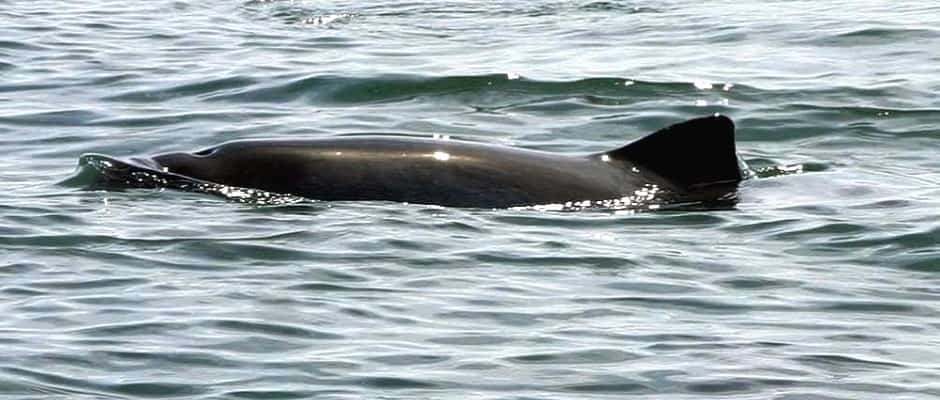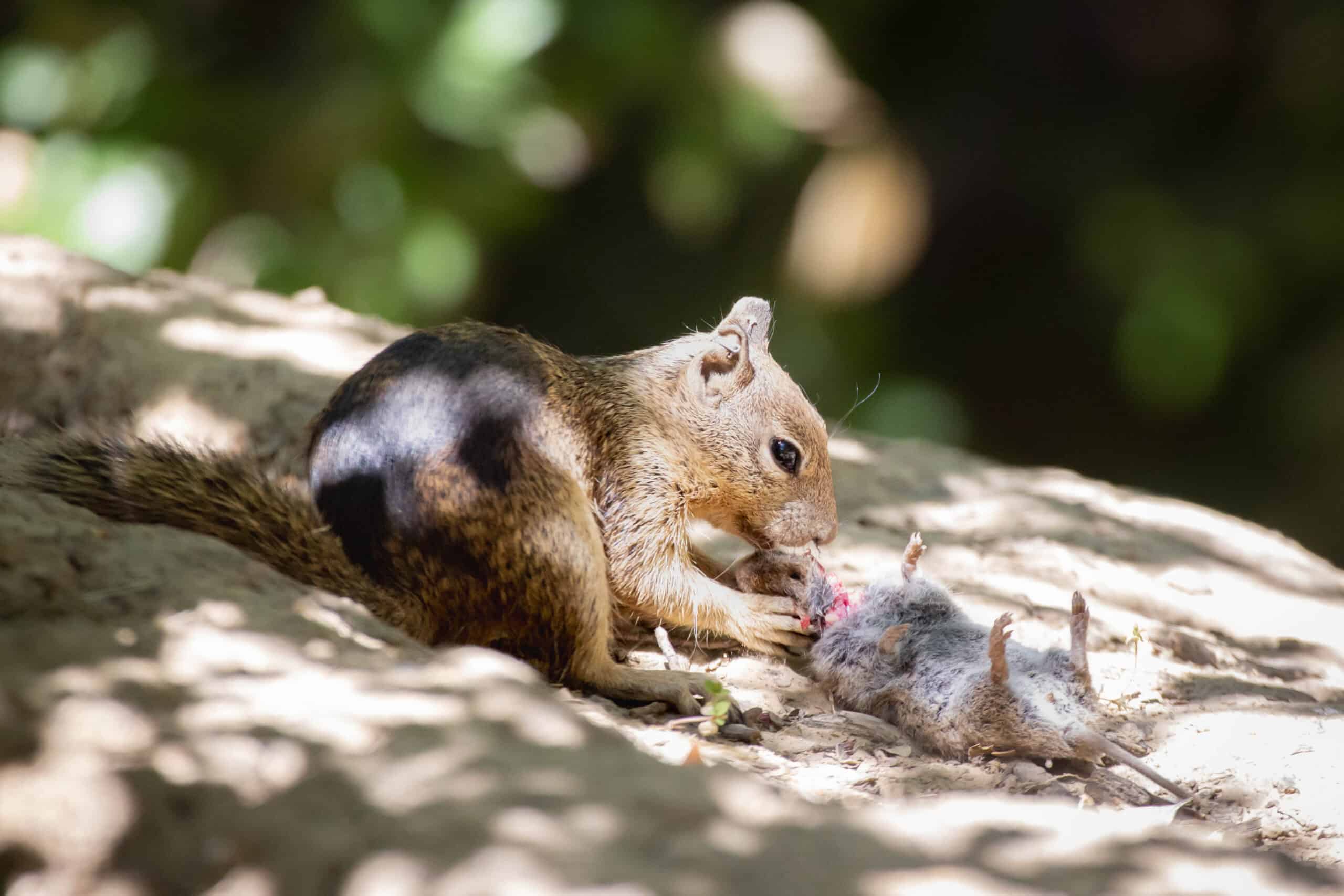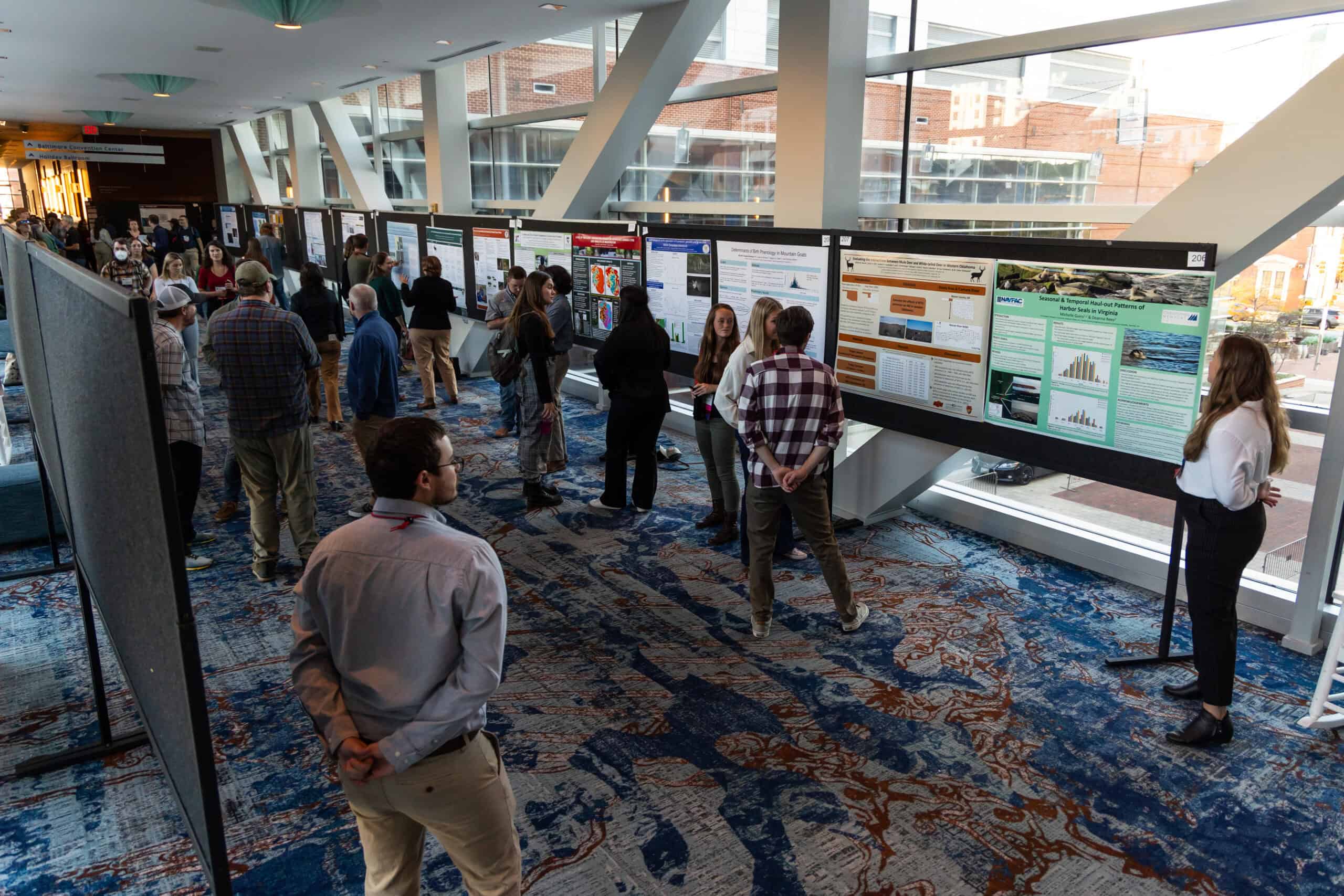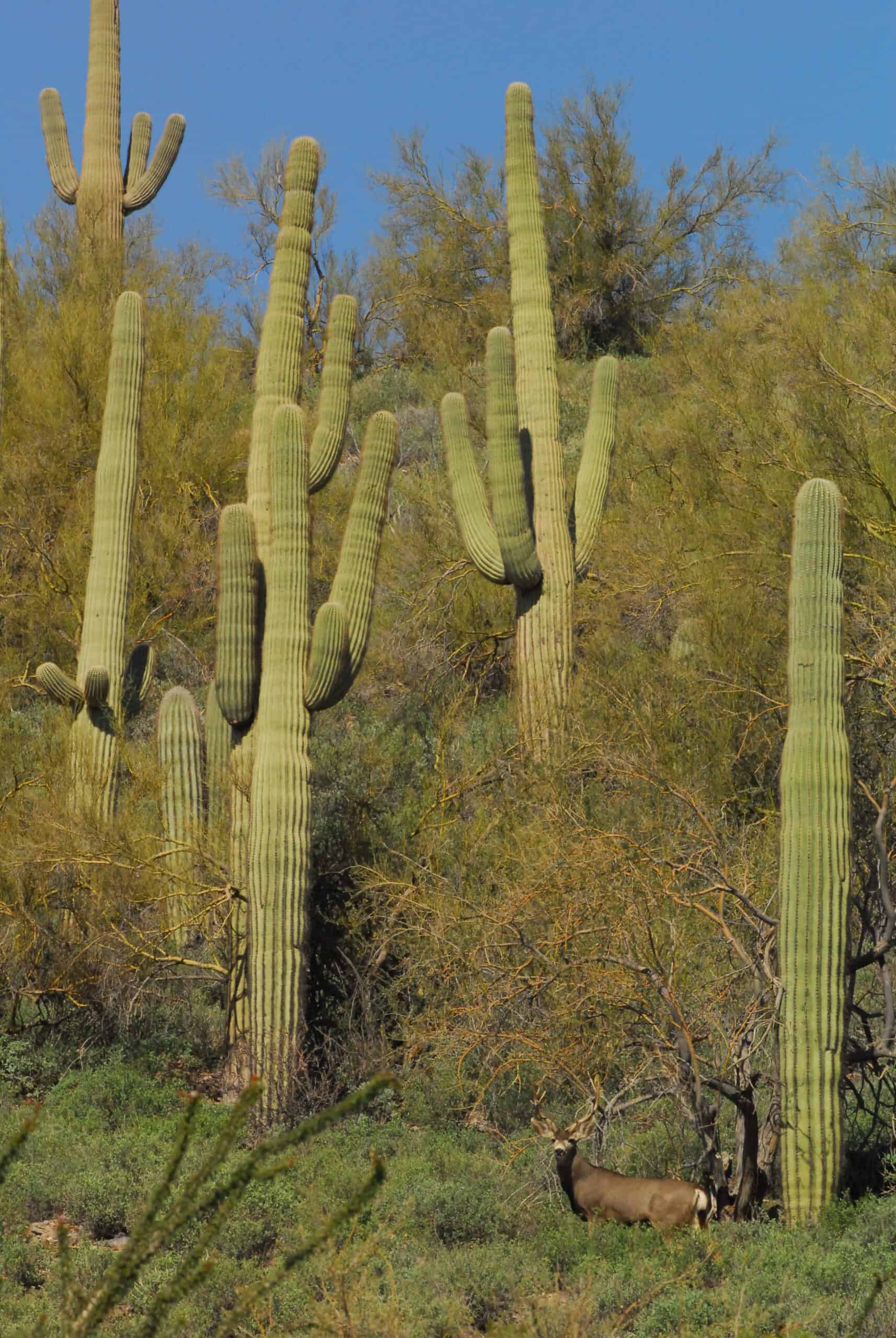Share this article
Porpoises found to frequent proposed Maryland windfarm site
According to most wildlife guides, harbor porpoises (Phocoena phocoena) don’t typically range south of New Jersey. But recent research shows that during winter, these marine mammals regularly feed in an area proposed for a windfarm off the Maryland coast.
“We were detecting them frequently from January to May offshore of Maryland,” said Jessica Wingfield, lead author on the paper published in PLOS ONE.
Construction of the windfarm may impede the porpoises’ communication, Wingfield said, because the process requires driving metal pilings into the seafloor, which entails days of constant banging.
“It would be so loud that porpoises can’t hear each other over the sound, it’s annoying to them and they leave the area,” she said. “If they’re feeding in an area of high productivity, if they’re forced to leave because of the sound, it could affect their fitness.”
Since November 2014, Wingfield, faculty research assistant at the University of Maryland Center for Environmental Science’s Chesapeake Biological Laboratory, has been collecting acoustic data in the sea by Ocean City, Md., where a 320-square-kilometer windfarm is to be built. Every three months, she and her colleagues deploy four C-PODs, underwater microphones that continuously record porpoise clicks. The microphones are spaced 15 kilometers apart to allow researchers to track the porpoises’ locations by listening in on their echolocation and search for prey.
“They’re using this area more than we thought,” Wingfield said. “And we detected feeding behavior.”
The biologists observed porpoises more frequently in the evening and early morning, potentially because these are optimal foraging hours, she said. They were also more likely to be found in places with high concentrations of chlorophyll, she said, where they probably preyed upon gathering fish.
The porpoises could be timing their occupancy of the region to forage successfully or avoid conflict with dolphins, which utilize the region in the summer and fall, Wingfield said.
Porpoise strandings had been previously recorded in Virginia and North Carolina, she said, but sightings during visual surveys, which were limited in winter weather, were very rare off Maryland for these inconspicuous and elusive animals.
The scientists are continuing their study until November 2017, analyzing similar data on dolphins, North Atlantic right whales (Eubalaena glacialis), northern minke whales (Balaenoptera acutorostrata), fin whales (Balaenoptera physalus) and humpback whales (Megaptera novaeangliae).
“For porpoises, developers could avoid constructing this windfarm in the winter,” Wingfield said. “However, other species, like the North Atlantic right whale, are critically endangered, so the distribution and occurrence of these species should also be considered.”
Header Image: Harbour porpoises, like this one in the Gulf of Maine, have been found to frequent a site off the Maryland coast proposed for a windfarm. ©NOAA Fisheries








